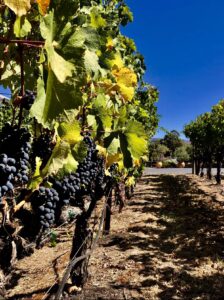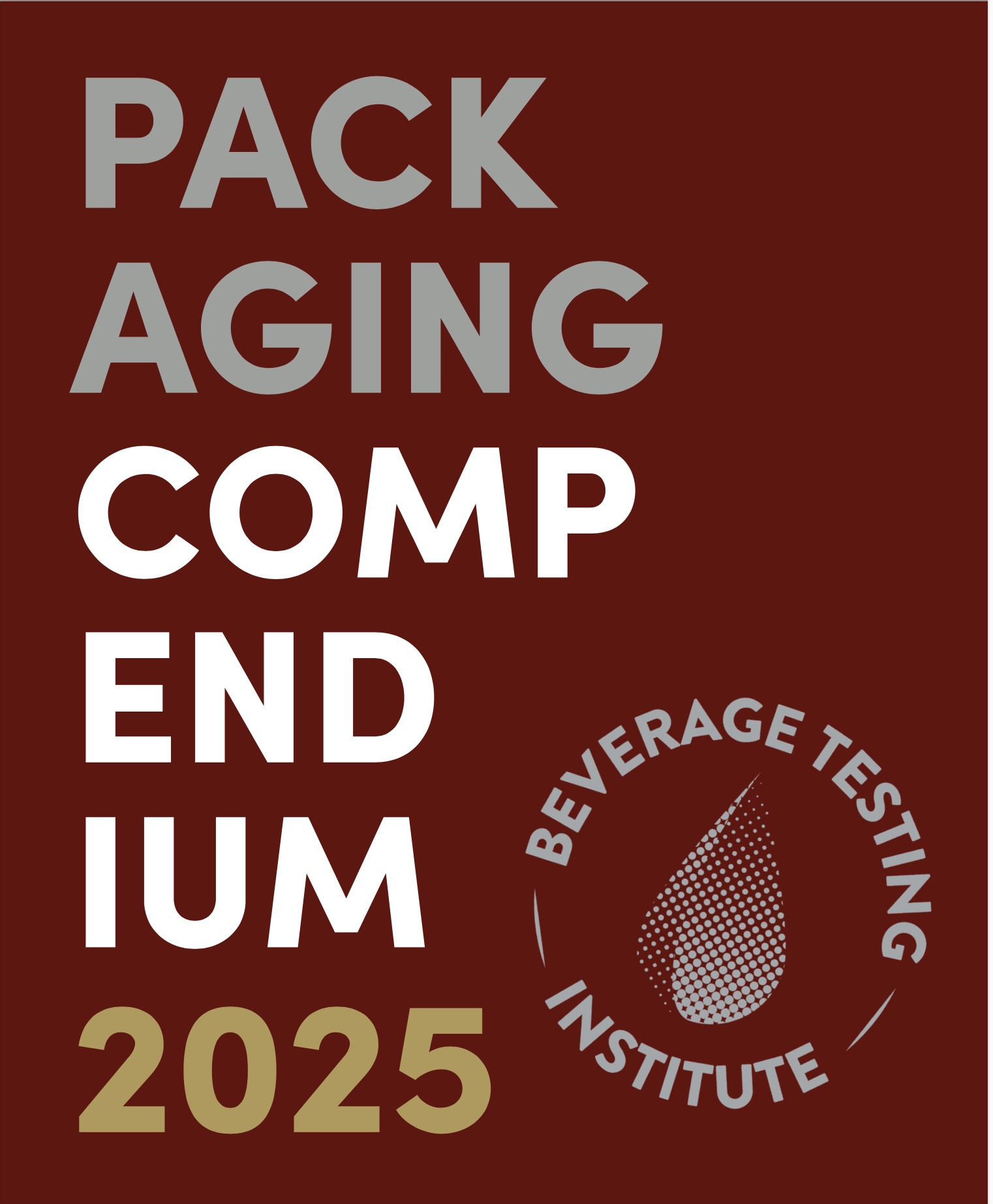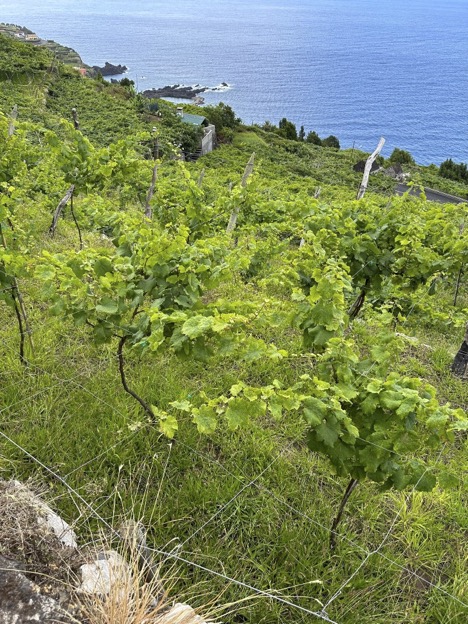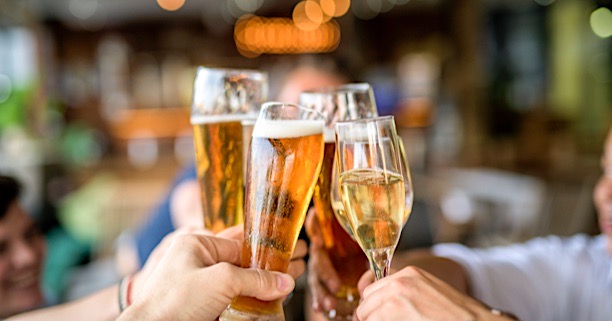“The ideal blend has nuance and complexity that can sometimes elude a straight varietal.” – Don Lorenzi, Winemaker, Lorenzi Estate
In 2020, consumers have more options than ever before when it comes to wine selection. While Nielsen reports that classic single varietals are currently in first and second place in terms of demand (18.6% for Chardonnay and 15.1% for Cabernet Sauvignon), the Red Blend category is right behind them at 10.7%, and has been experiencing “double-digit growth,” rapidly becoming a consumer favorite. BevTest spoke with California wine producers as well as the Wine Institute to understand the Red Blend’s current popularity and to gauge its success in the future.

Reynolds Family Winery
It is a common practice in France for a winemaker to create their blends with the best combination of grapes for what that vintage has produced. Steve Reynolds, winemaker at Reynolds Family Winery, makes sure to include that history when explaining his signature blend –Cabernet Sauvignon, Merlot, Cabernet Franc, Syrah, and Petit Verdot–but also emphasizes that “we are our own region and should not be compared all the time.” Reynolds respects and considers the “wisdom of the blending arts” hailing from Europe, but encourages US producers to “embrace their own style” based on their strengths. He also notes that the classic “noble” Bordeaux blend isn’t possible considering the growing conditions of all 50 states, and that this opens the door for a new category, the US Red Blend, driven by “popularity in the market.”
Don Lorenzi, winemaker at Lorenzi Estate, saw the Red Blend category begin to grow exponentially about ten years ago and explains that “consumers get it.” “It” being the multi-faceted intricacy of a blend, and that, for example, “a Zinfandel varietal has different pleasures than a Zinfandel blend.” Lorenzi finds that “the ideal blend has nuance and complexity that can sometimes elude a straight varietal” and that a winemaker determines this combination to “express their own personal tastes and concepts” to develop a unique experience within each glass. For consumers new to wine, Lorenzi believes that a US Red Blend is a great way to get to know wines in general, encouraging them to “sample blends” to “learn more about wines faster.”

Lorenzi Estate
A winemaker may assemble the blend considering their understanding of what combination will create perfect harmony, but ultimately it is up to consumers to decide what is going to sell. Considering COVID19-related closures of wineries’ tasting rooms and restaurants, wine producers are under even greater pressure to keep up with changing demand. In a July interview with the Wine Institute, Jon Moramarco, wine industry expert for the advisory and data firm bw166, explains that wineries need to simultaneously “protect their base with Baby Boomers and hold wine’s place as the mealtime beverage” while also attracting “younger generations” with “new products and tasting experiences.” The “mealtime beverage” slot is secured by Red Blends, as Steve Reynolds states that “blends do oftentimes pair better with food due to layering,” and “blending wine stimulates multiple taste buds,” but keeping current customers happy in tandem with attracting new ones can be a little trickier.
While winemakers have sharpened their blending techniques on hundreds of years of history, and have been successful in developing loyal followings with their creations, impending climate changes magnify the importance of keeping up with both consistency and trends in order to evolve with consumers. During the 2019 Tasting Climate Change conference, a lot of attention was given to the pressing need for winemakers to consider both sustainable production and innovation in order to work with the planet’s changing weather patterns. Dr. José Villamouz, a grape variety geneticist expert, spoke to the shift in growing seasons in Old World production areas, providing the example that a much relied-upon grape like Pinot Noir, under unfavorable ripening conditions, can result in unbalanced flavors. One of his recommended solutions was to consider different varietals, selected for success in each specific region, that have the biodiversity to withstand whatever lies ahead. This could present challenges in Old World production, as he himself had a hard time imagining time-tested producers with long histories releasing vintages of as-yet unfamiliar grapes, but it’s something that US producers are equipped to navigate.

Allison Jordan speaking at Tasting Climate Change 2019
“Winegrowers are farmers and they’re always used to adapting to what Mother Nature hands them,” explains Allison Jordan, Vice President of Environmental Affairs at the Wine Institute. While Jordan agrees that climate change seems to be “more impactful” in, for example, “various European regions,” the climate is “so dramatically different” in the US, “even just within Napa,” making it “hard to say that you can’t grow a certain varietal in a certain region in the future.” That said, Jordan is confident that the US Red Blend is a “perfect example” of the “innovation and willingness to try different things” in contrast to Old World adherence to historic varietals. The Red Blend gives a winery “a lot more flexibility” in cases of potential weather impact. Reynolds agrees, stating that “we are used to having to react in our winemaking each year to make consistent wines” and refers to blending as “one of our most powerful tools.” In addition to using masterful blending to keep loyal customers, Jordan emphasizes that spread of sustainable winegrowing practices will capture younger consumers. “We are the fourth largest winegrowing region in the world, and we now have 92% of all California wine being made in a certified sustainable winery,” which creates a significant positive impact on “natural resources and our communities.” Though these wines cost more to make and therefore to sell, Jordan sees that “there does appear to be a willingness to pay more,” especially in “younger generations and Gen Z,” creating a sense that future sales are secure.
In trying to maintain established well-loved flavor profiles and continue to innovate to attract newer palates, and under pressures of shifts in climate, winemakers’ blending skills will be increasingly valuable, putting the US Red Blend in the perfect position to flourish, rain or shine.





